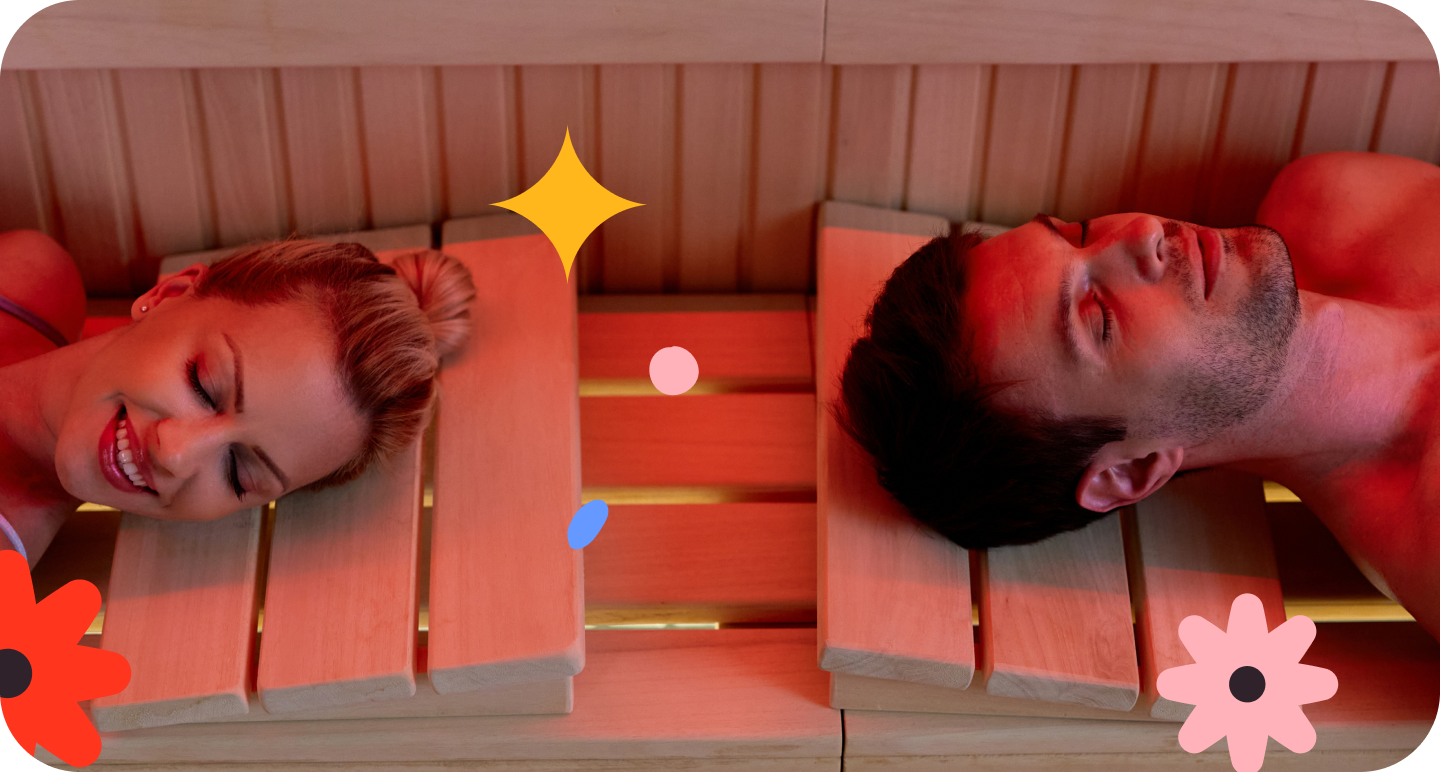Want to dazzle everyone with your impressive jawline? Mewing is a DIY technique, that claims to help you make people do double takes with your facial aesthetics.
You might have seen the word “mewing” doing the rounds on your favorite social media platform, but what exactly is it? Here is everything that you need to know about the trend that claims to transform your face.
What is Mewing?
The trend that is setting Instagram and YouTube on fire, mewing is an exercise that can enhance your jawline and alter your facial appearance. Inspired by the orthodontic practice of orthotropics, this technique was originally conceived for young people whose jawlines were still taking shape. It is meant to stimulate bone growth and encourage “proper tongue posture.”
Named after Dr. John Mew, a British Orthodontist, this technique seems to work well when performed by children between 5 and 10 years old. Although it lacks scientifically proven results, proponents of Mewing proclaim its potential to transform facial aesthetics and the jawline with time and consistency. Some also claim that it may help with sinusitis, sleep apnea, and other problems.
How to Mew: Easy Steps
Now that you know what it is, let’s take a look at how it’s done.
- Close your mouth and simply relax it without any movement.
- Adjust your jaw so the bottom front teeth come behind your upper front teeth.
- Spread your tongue across the roof of your mouth.
- Gently place the tip of your tongue right behind the front teeth without touching it. Ensure that it doesn’t clench your jaw.
- Hold onto this position for a minimum of 10-20 seconds. You may extend the period slowly as you become more comfortable with the practice.
- Practice mewing everyday.
- Once you are used to 10-20 seconds, increase the time period of the exercise by 30 seconds until you are comfortable holding that position throughout the day.
Here are some helpful hacks to easily find the right position for your tongue suggested by proponents of mewing:
- Simply make the ‘ng’ sound such as by saying ‘thing’ or ‘wing’,
- Instead of breathing out from the mouth, one must focus on breathing out of the nose.
- Practice Mewing with other breathing techniques to ensure optimum results.
- Maintain the tongue posture throughout your day i.e. while resting, speaking, and breathing.
Is it safe?
Before you try the mewing technique, you must know the facts. Let’s dive into them:
Even though some orthodontists and dentists recommend techniques similar to Mewing, there is no clear evidence they produce substantial results, especially in adults.
While practicing mewing is usually safe, the dramatic transformation images you might have seen on social media or other websites are unlikely to be doctored images.
The AAO (The American Association of Orthodontists) suggests placing your tongue in a forced position may lead to negative effects on your facial appearance, such as:
- Uneven teeth
- Increase in bite issues and speech difficulties
- Significant need for a major cosmetic treatment to fix the alignment
- Challenges in food swallowing
Some of the other risks that mewing may cause are:
- Loss of Gum Tissue
- TMJ Disorders (Temporomandibular Joint)
- Enamel Wear
Is it more effective when done by children?
There is a prevailing belief that the mewing technique can be effective for kids, but does it work?
Even though Dr. Mew suggested mewing helps enhance the jawline and improve sleep patterns, there is little evidence to back these claims.
If you are a parent, concerned about your child’s facial aesthetics, don’t resort to viral social media hacks to change the way your child looks. If you are not careful, they could cause adverse effects on your child’s oral health and overall development. We think that their health is definitely more important than their facial aesthetics. Here are some risks posed to children by the practice.
- Practicing mewing puts continuous pressure on the surface of the mouth and can affect the development of the jaw. It may also lead to severe disorders that require a doctor’s intervention.
- Gums are at a growing stage between the ages of 5 to 10 years, placing the tongue in an incorrect posture can impact gum health.
- If a child practices mewing for a long time, it can cause teeth misalignment. You may have to get them braces to fix this.
What is Hard Mewing?
When extra force is applied on the tongue against the palate, it is known as “Hard Mewing.” Proponents claim this practice can stimulate the upper jaw and improve facial structure. However, it is scientifically unproven and may lead to dental problems like tooth misalignment, jaw strain, oral sensitivity, teeth clenching, etc.
An Alternative to Mewing
Now that you know why mewing may not be the be-all and end-all technique to enhance the aesthetic of your jawline, you might be wondering if there are alternatives.
To help you stay healthy and safe, let us tell you that no DIY techniques can substantially improve your facial structure. If you want to get rid of your double chin or enhance your overall facial aesthetics, you should just seek a consultation from a cosmetologist, dentist, or dermatologist.
Conclusion
We all know that children don’t like going to the dentist. Minimize the need for dental care for your children using approved healthcare methods, not viral hacks. It is better to consult your pediatrician or an orthodontist if you are looking for health advice or if you seek solutions for genuine cosmetic concerns.
This particular technique is not backed by strong scientific research. It is likely to produce little or no results while carrying major health risks. Despite gaining massive virality, mewing is not an effective facial restructuring technique. Watching mewing before-and-after tutorials may seem exciting, but in reality, it can worsen the facial structure by causing tooth misalignment, negatively impacting gum health, and more.
If you are considering advising your children to adopt this practice, let us remind you of the risks. It’s important to remember that they are growing and their facial structure will change with time. Their health and safety should be the priority.
Remember patience is the key to lasting results. Not all viral lifehacks are safe to adopt.
































